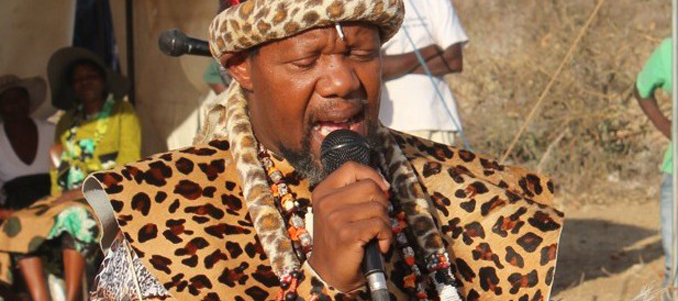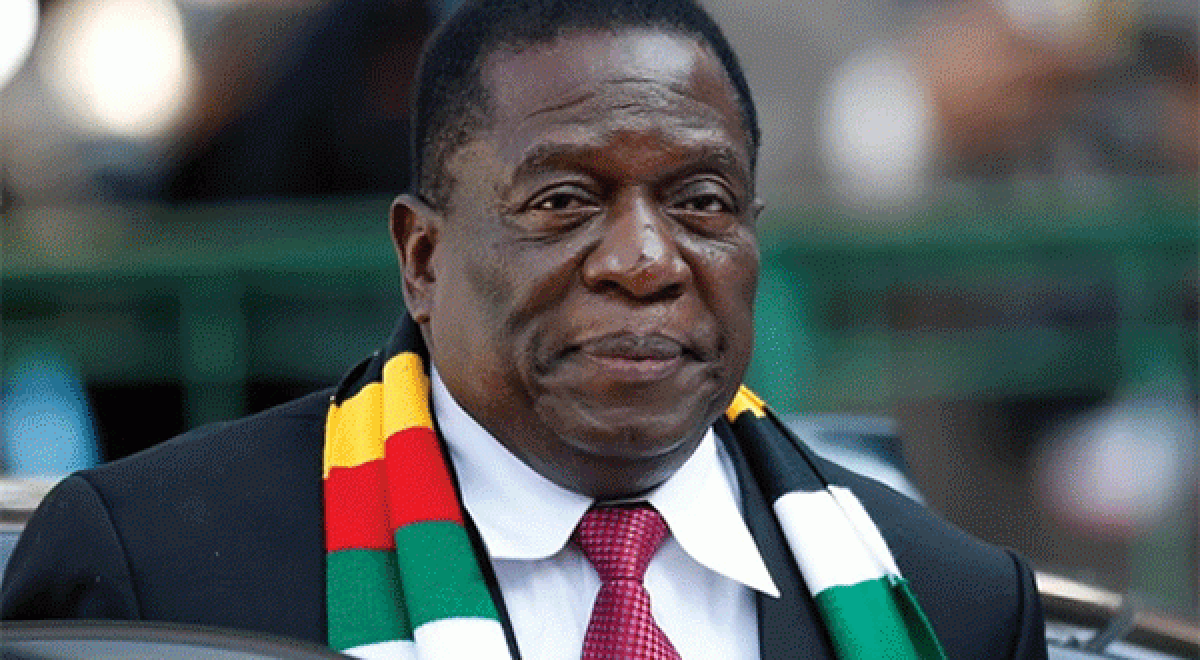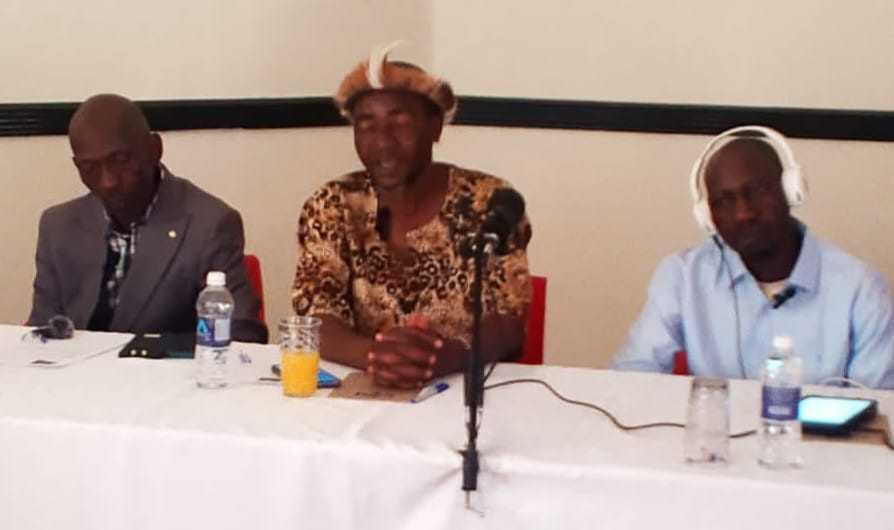
IN 1893, two formidable powers faced off in the plains of Gadadi in Ntabazinduna, Matabeleland North. It was a showdown between two of history’s military giants — the Ndebele Kingdom and British South Africa Company (BSAC).
By Makhosi Sibanda
The Ndebele king, Lobengula Khumalo had an elite force comprising of a crack unit which had exceptional strategists, while the BSAC had the deadly Maxim machine gun at their disposal.

The events that took place in Gadadi changed the history of Zimbabwe, as the defeat of the Imbizo marked the fall of the Ndebele monarchy and nation and ushered in colonial rule.
The Gadadi battle which began on November 1 1893, was described by some military historians as one of the bloodiest of the 19th Century.
For this reason, the site of that battle remains a monumental place.
It has been more than a century since the fall of the Ndebele Kingdom, but for locals in Ntabazinduna, the Gadadi site remains a living connection between the past and the present.
- Chamisa under fire over US$120K donation
- Mavhunga puts DeMbare into Chibuku quarterfinals
- Pension funds bet on Cabora Bassa oilfields
- Councils defy govt fire tender directive
Keep Reading
At the Gadadi battle site lies the gallant Ndebele soldiers and those of the BSAC who died during that war. That is a site of comrades in arms, as the graves are still being taken care of by both the British whose relatives died there, as well as the villagers who still remember and honour their brave Imbizo.
One hundred and twenty-two years later, villagers still possess strong feelings that the site, Gadadi, should be given strong recognition, which could also result in economic benefits.
In an interview, Chief Nhlanhla Ndiweni of Ntabazinduna said they hoped for a day when Gadadi becomes a cultural village that teaches locals and tourists Ndebele traditions.
He said there was a need for the Gadadi monument to be turned into an international tourist destination.
“We want Gadadi to become a proper heritage site, not a historical site put into a museum, but a living breathing heritage site, such that when visitors come to the site looking for traditional clothing, they are able to find them,” said Chief Ndiweni.
He said they have a vision of transforming Gadadi into a busy place full of culture and heritage that is “alive and kicking.”
The Gadadi site in the first week of November played host to the 122nd commemorations of the final battle where the chief further reiterated calls that it should be preserved for future generations.
“This place has potential, what is left is for us to respect our culture and heritage because it will give us life. Our grandmothers can continue sewing reed mats that can be sold all over the world,” he said.
The first steps to preserve monuments in Zimbabwe were taken in 1912, through the Ancient Monuments Protection Ordinance and the Bushmen Relics Ordinance and was replaced by the colonial-era Monuments and Relics Act 1936. In April 2000 there were approximately 14 000 entries on the Archaeological Survey, of which 118 were national monuments (including natural, cultural, and mixed sites).
In 1972, the country’s national monuments were protected and promoted in accordance with the National Museums and Monuments Act.
By 1980, the register of monuments had grown to over 3 000 sites and 169 declared monuments.
A cultural advocacy and lobby group, Imvuselelo Yolimi Lamasiko EsiNdebele, says contrary to the widely-held belief that government should take charge in the preservation of monuments, communities have to take serious interest and concern to preserve memorial sites located in their respective areas and protect them.
In an interview, the coordinator of the organisation, Samukele Hadebe said communities that had monuments in their areas should stand up against people who would want to build at the monumental areas as that would destroy them.
“People should come together and prevent the destruction of nature by constructors even if it will be a good development, they will be doing it for commercial purposes while it kills nature and culture,” said Hadebe.
He said developing infrastructure was important but it became dangerous if it was at the expense of nature and monuments.
“There is nothing wrong with improving the country’s infrastructure unless it involves cutting down trees, while building houses, roads and constructing dams. This is why we should have more knowledge on how we can preserve our monuments than destroy them,” he said.
He said the organisation would take action in raising awareness on the preservation and protection of monuments but communities should take initiative.
“Those in authority and this organisation can only follow what the people want and this is why we are urging everyone to take a stand, and we will work together so that we can develop the nation,” Hadebe said.
National Museums and Monuments of Zimbabwe deputy executive director Darlington Munyikwa said monuments were an important part of the country’s history and they should be preserved for as long as possible.
Munyikwa said government was ready to complement efforts by communities in areas with historic monuments.
He said they were trying to move away from museums in urban centres and going for community based museums as a way of exploring new ways of preserving culture.
“We want to go to the communities, this is why we came up with the Ba-Tonga Museum in Binga and this is why we are coming up with the Nambya Community Museum in Hwange,” said Munyikwa.
He said they were also trying to explore new ways of presenting culture outside the traditional museum concept.











